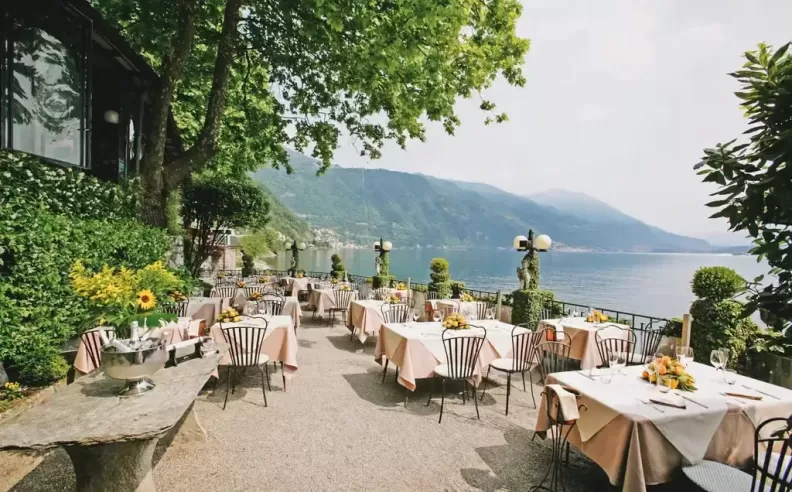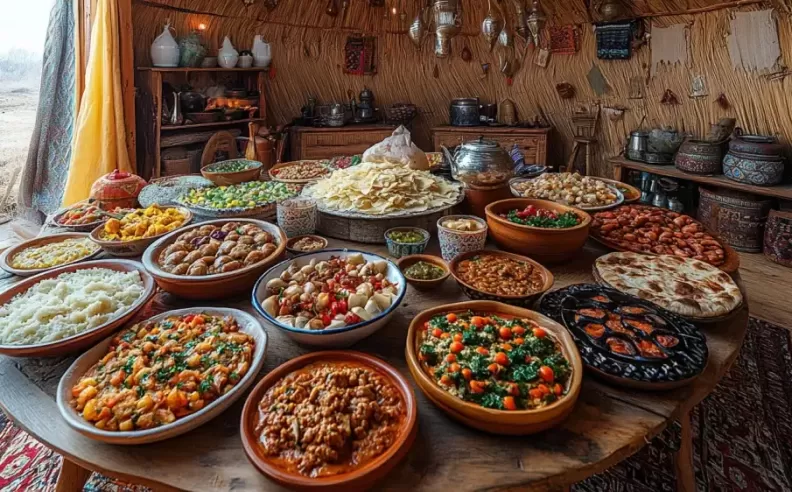
Kazakh cuisine is experiencing a remarkable revival, as locals rediscover traditional recipes that had faded during the Soviet era. With slow-cooked meats, rich dairy products, and time-honored cooking techniques, Kazakhstan is reclaiming its culinary identity by blending authenticity with modern innovation. Whether in vast pastures, bustling traditional markets, or upscale restaurants in Almaty, Kazakh food is making a strong comeback, celebrating its deep roots while embracing contemporary flavors.
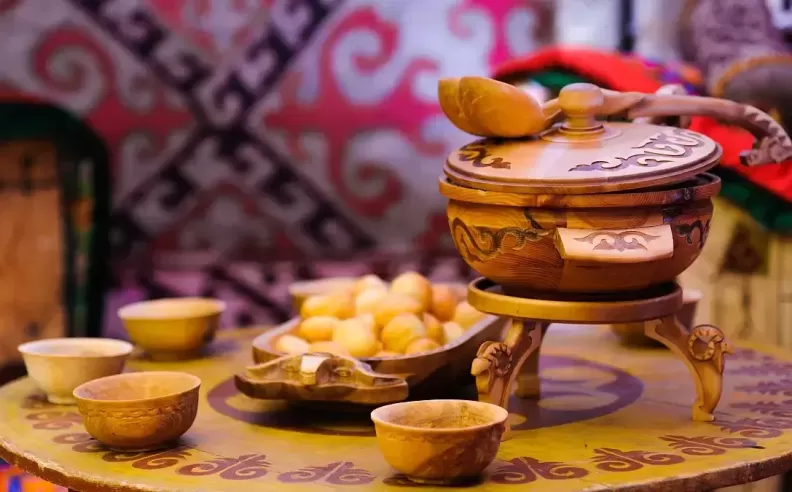
Rooted in a nomadic way of life, Kazakh cuisine relies heavily on fresh meats, dairy products, and locally sourced grains. Hospitality is an integral part of the culture, where offering food to guests is a sacred tradition symbolizing the generosity of the steppes.
One of the most iconic dishes, Beshbarmak, is a hearty combination of boiled meat, noodles, and rich broth, embodying the pastoral lifestyle of the Kazakh people. Fermented dairy drinks like Kumis (fermented mare’s milk) and Kurt (dried cheese balls) are staples in the nomadic diet, prized for their long shelf life and portability, making them essential for life on the move.
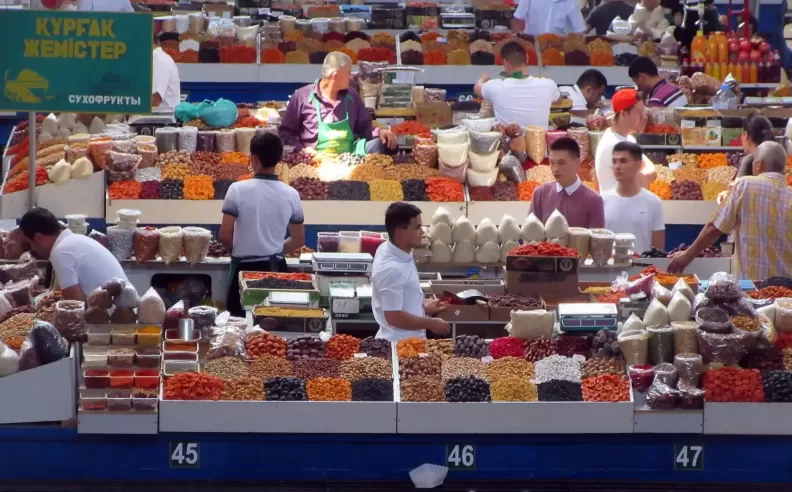
In the heart of Almaty, the famous Green Bazaar showcases Kazakhstan’s rich ethnic diversity, where Kazakh, Russian, Uzbek, and Uyghur culinary influences blend seamlessly. The market offers unique specialties like Uyghur-style noodles, horse meat sausages, Korean pickles, and smoked cheeses, reflecting the country’s rich cultural fabric.
Vendors line up to display nuts, dried fruits, golden honey, and traditional sweets, while butchers expertly carve fresh lamb, beef, and horse meat—staples of Kazakh cuisine. The lively atmosphere and vibrant aromas make the bazaar a true reflection of Kazakhstan’s culinary heritage.

A new generation of chefs is reinventing Kazakh cuisine by merging traditional recipes with global culinary techniques. In Almaty, restaurants like Oul lead the movement of “modern nomadic cuisine,” where classic dishes are reinterpreted with creative touches that honor tradition while embracing innovation.
At Túr, visitors can indulge in horse meat tartare with egg yolk crisps or slow-cooked tail meat pastries with black garlic sauce, elevating Kazakh flavors to gourmet levels. These culinary experiences aim to redefine Kazakh gastronomy and introduce it to a global audience.
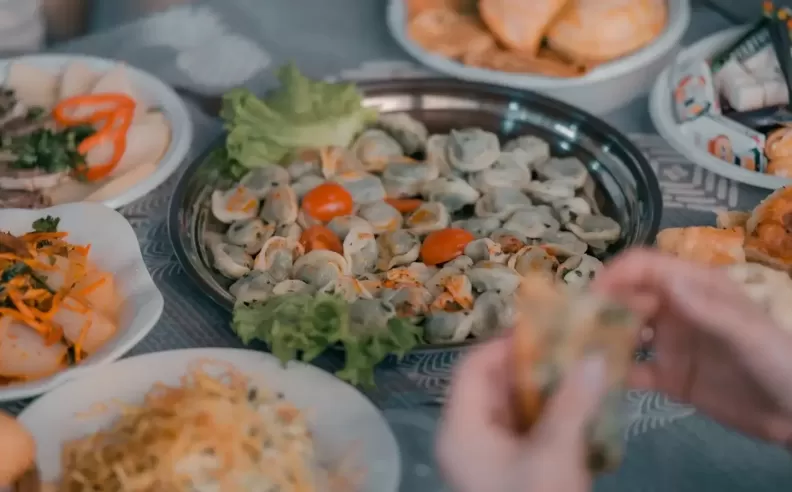
Reviving Kazakh cuisine is more than just bringing back old recipes; it is part of a broader movement to reclaim a national identity shaped by the Soviet past. With the rise of cultural and culinary tourism, chefs and restaurants are exploring native ingredients and presenting them in ways that celebrate authenticity while welcoming global influences.
Through food tours, culinary festivals, and fine dining establishments, Kazakh cuisine is gaining international recognition as a bridge between past and future. Whether through a traditional Beshbarmak or an innovative take on it in an upscale restaurant, the rich flavors of Kazakhstan tell a story that continues to evolve, reaching new horizons with each culinary creation.

Started my career in Automotive Journalism in 2015. Even though I'm a pharmacist, hanging around cars all the time has created a passion for the automotive industry since day 1.
